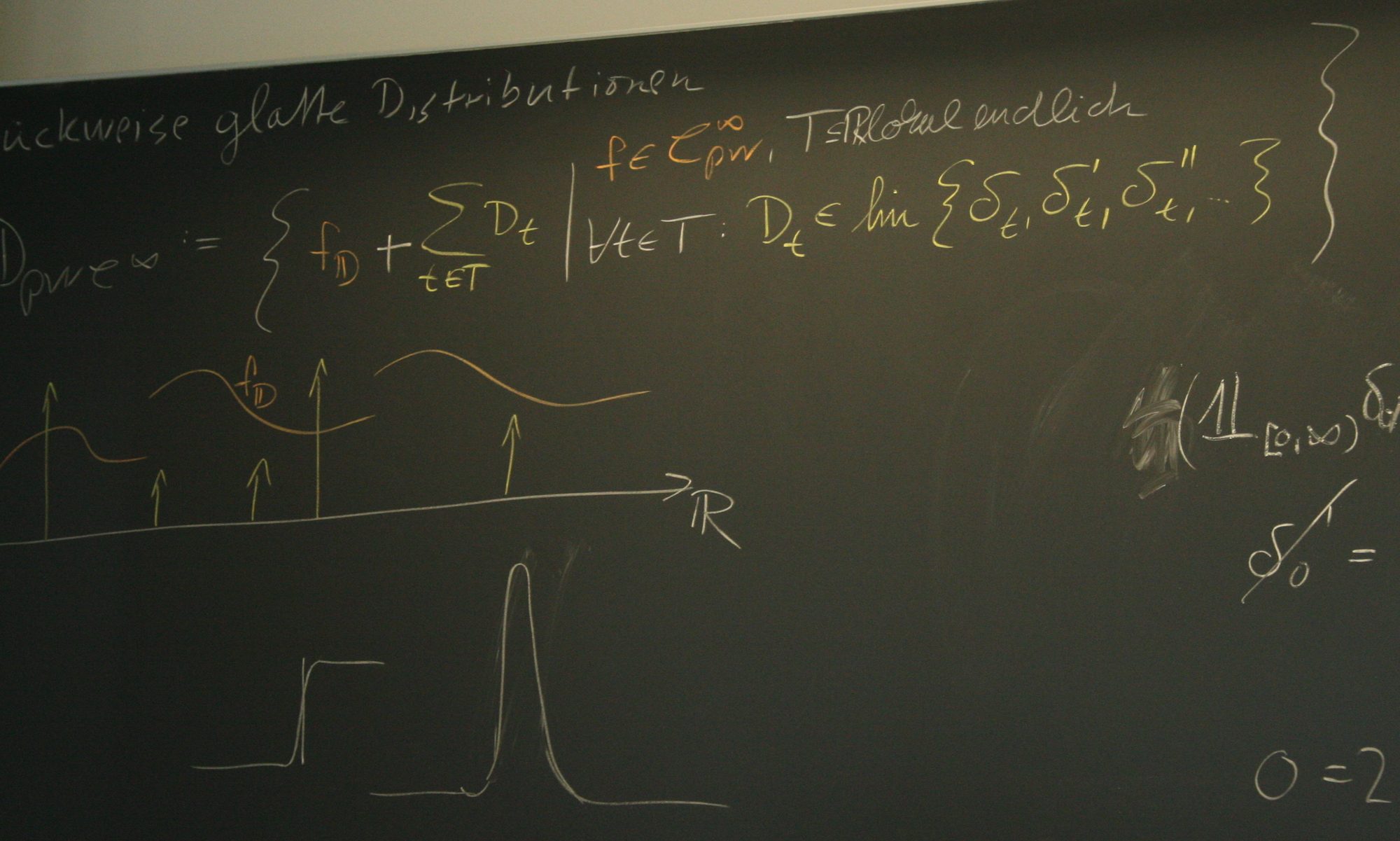The following two papers have been accepted for (online) presentation at the 60th IEEE CDC:
Wijnbergen, Paul; Trenn, Stephan Optimal control of DAEs with unconstrained terminal costs Proceedings Article In: Proc. 60th IEEE Conf. Decision and Control (CDC 2021), pp. 5275-5280, 2021. @inproceedings{WijnTren21b,This paper is concerned with the linear quadratic optimal control problem for impulse controllable differential algebraic equations on a bounded half open interval. Regarding the cost functional, a general positive semi-definite weight matrix is considered in the terminal cost. It is shown that for this problem, there generally does not exist an input that minimizes the cost functional. First it is shown that the problem can be reduced to finding an input to an index-1 DAE that minimizes a different quadratic cost functional. Second, necessary and sufficient conditions in terms of matrix equations are given for the existence of an optimal control. |
Sutrisno,; Trenn, Stephan Observability and Determinability Characterizations for Linear Switched Systems in Discrete Time Proceedings Article In: Proc. 60th IEEE Conf. Decision and Control (CDC 2021), pp. 2474-2479, 2021. @inproceedings{SutrTren21b,In this article, we study the observability and determinability for discrete-time linear switched systems. Studies for the observability for this system class are already available in literature, however, we use assume here that the switching signal is known. This leads to less conservative observability conditions (e.g. observability of each individual mode is not necessary for the overall switched system to be observable); in particular, the dependencies of observability on the switching times and the mode sequences are derived; these results are currently not available in the literature on discrete-time switched systems. In addition to observability (which is concerned with recovering the state from the initial time onwards), we also investigate the determinability which is concerned with the ability to reconstruct the state value at the end of the observation interval. We provide several simple examples to illustrate novel features not seen in the continuous time case or for unswitched systems. |

